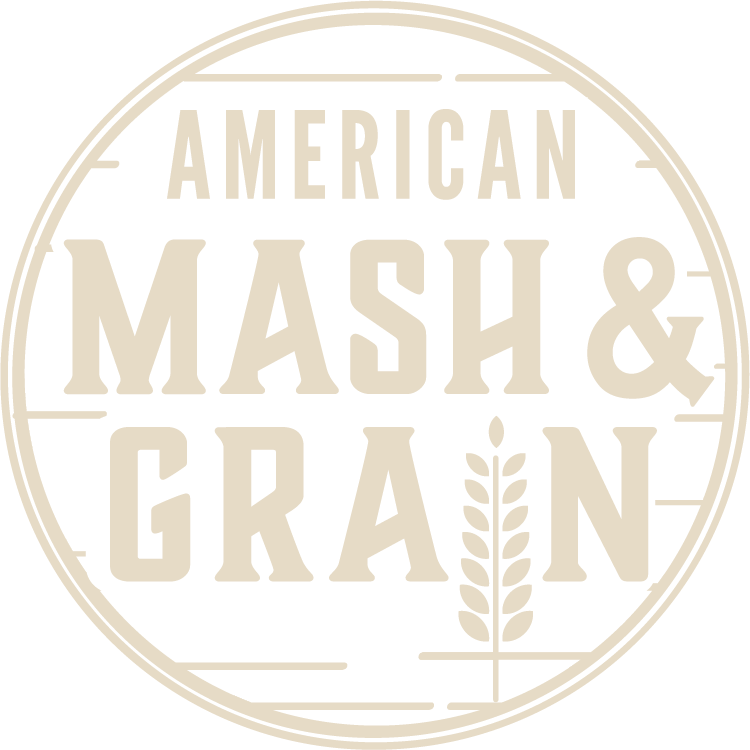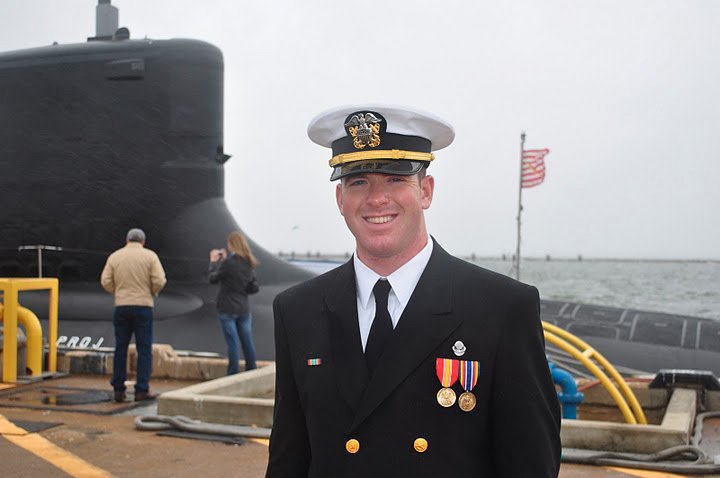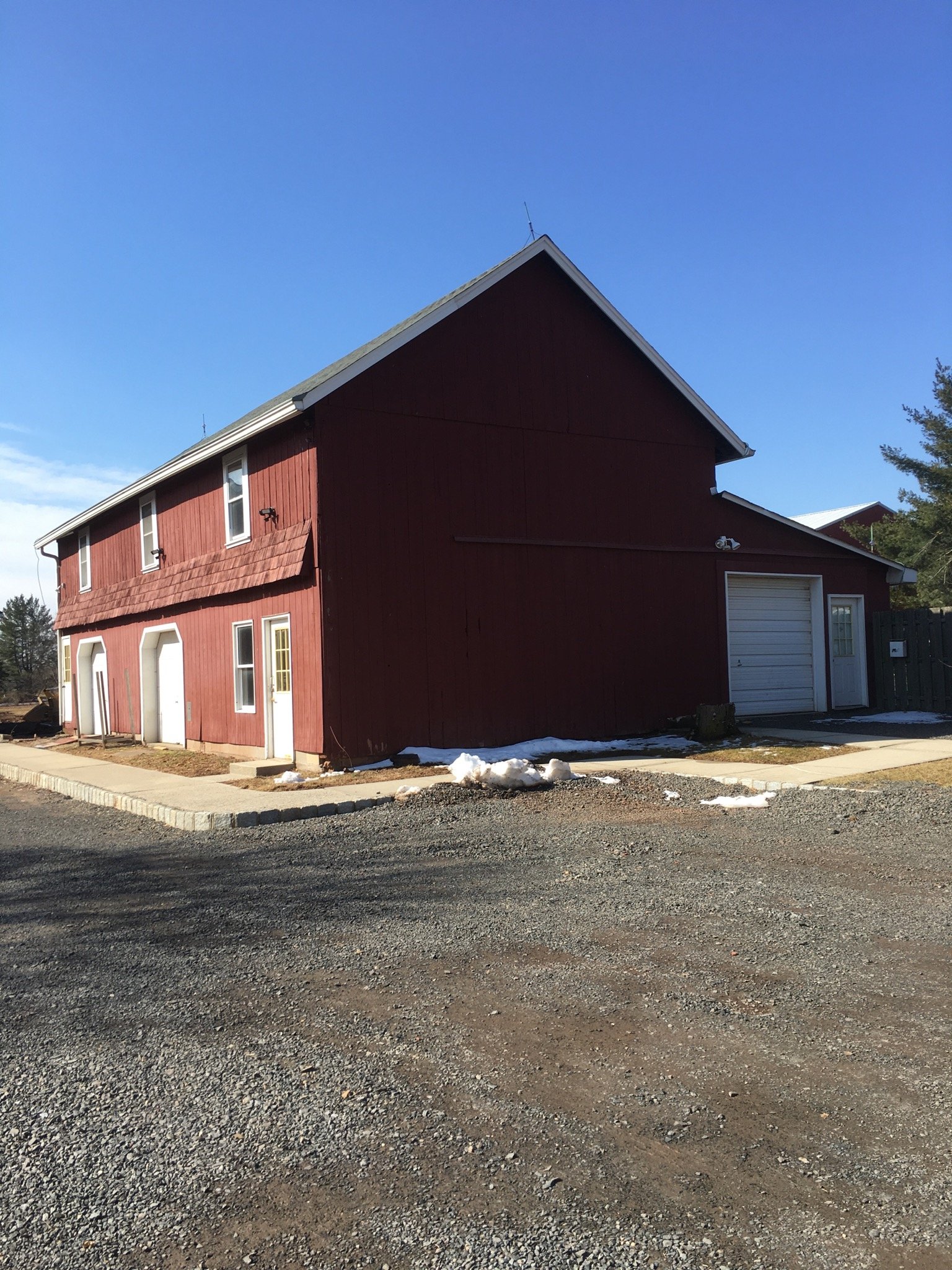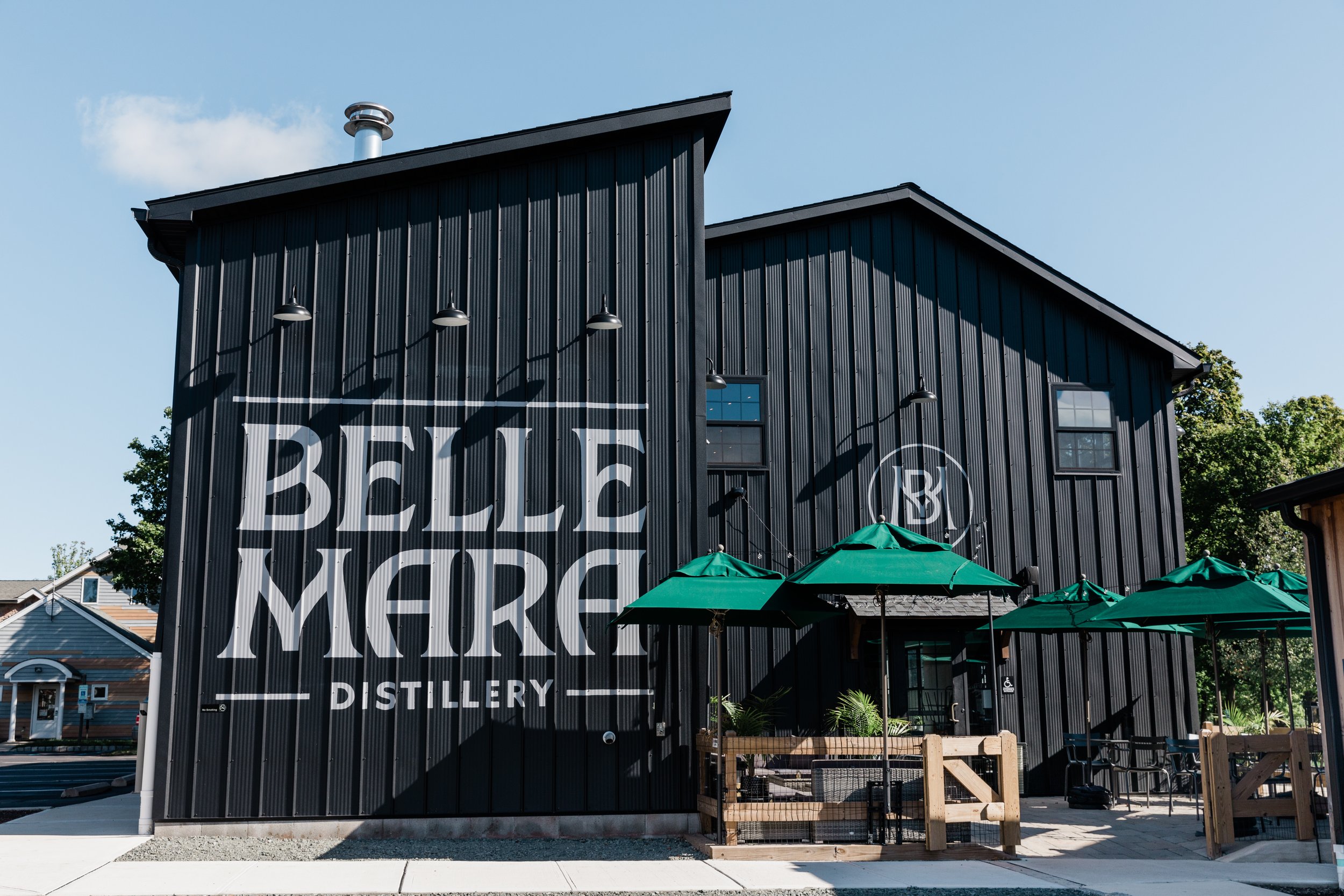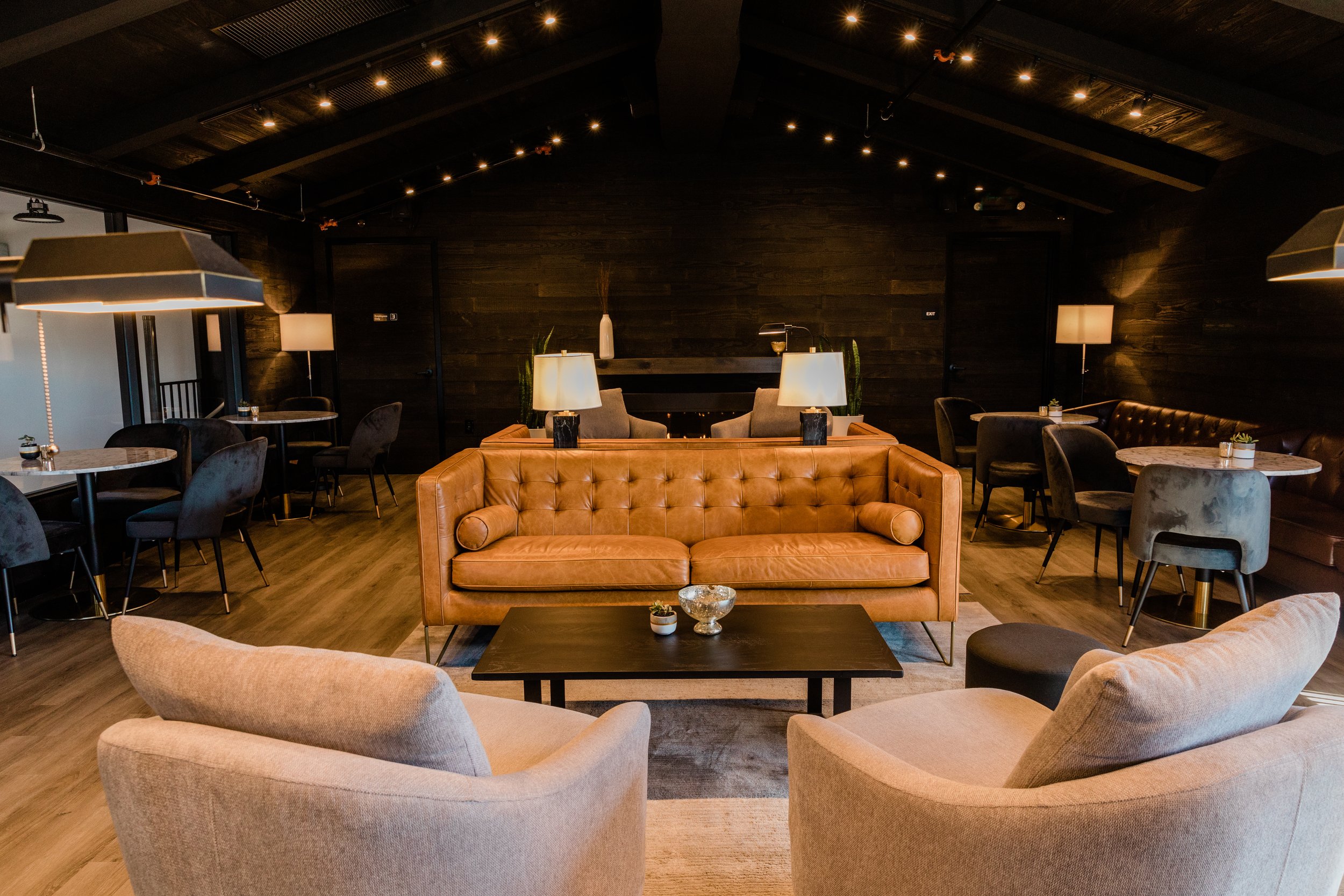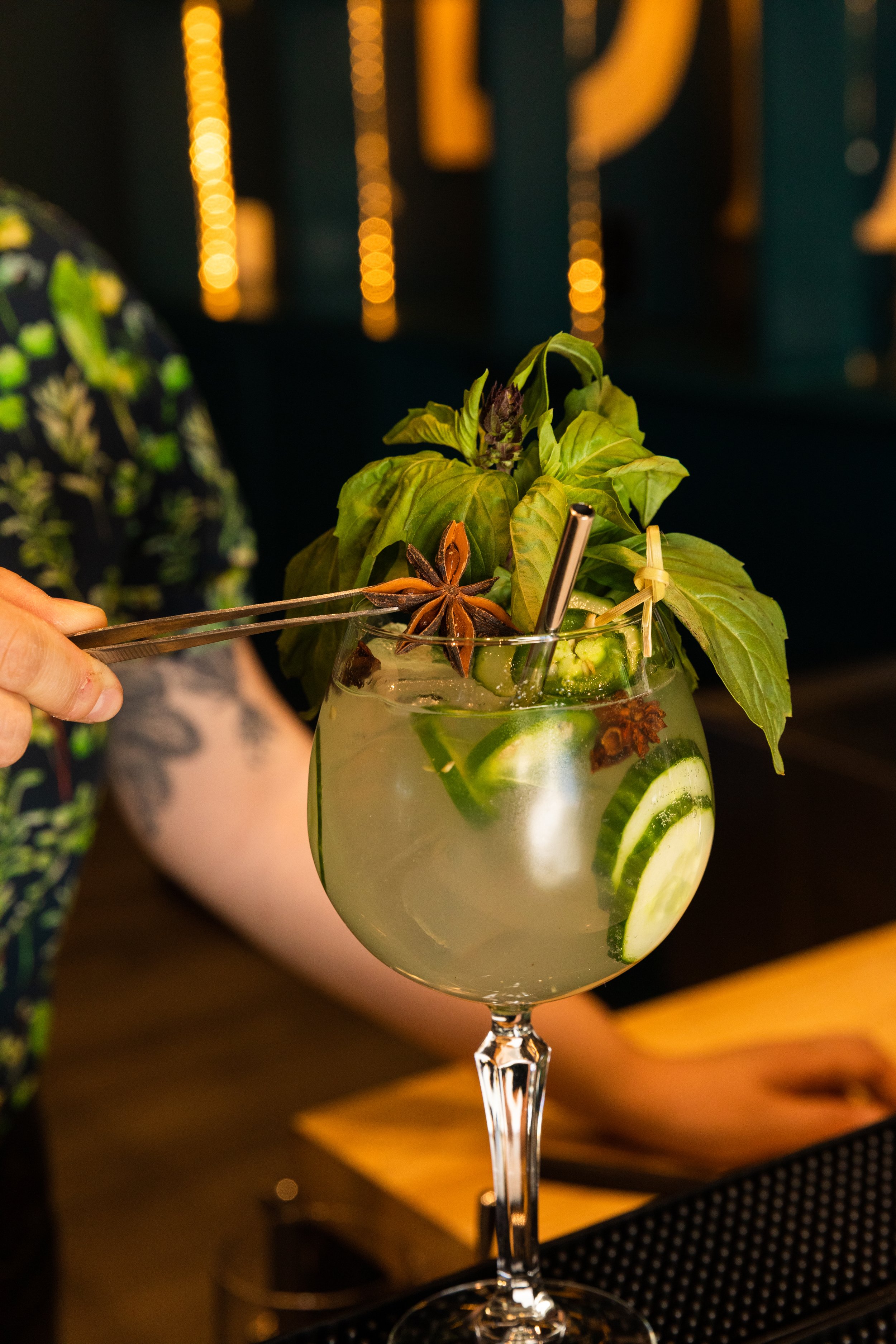BelleMara Distillery
By Meghan Swanson
The craft distilling industry is filled with people who spent time in other fields, daydreaming about a world where they could get behind their own still. It’s rare that the person daydreaming was doing it on the back of a submarine floating on the surface of the ocean. That’s where Camden Winkelstein found himself starting to seriously think about getting into the beverage alcohol industry; that is, after his service to the United States Navy was complete. While he sailed on and under the seas, working with nuclear reactors, a part of his mind was always on life after the service with his now-wife and distillery co-founder Christina Lee. Though he didn’t know it yet, Bellemara Distillery—the name a cross-cultural blend of French and Scottish Gaelic that means ‘beauty of the sea’—was just over the horizon.
“This was kind of one of those life experiences that, if you get a chance to live abroad, take it. The rest of life will kind of work itself out around you.”
Camden and Christina met at Cornell University, where Camden was studying life sciences and psychology on the pre-med track. He was also in the Navy ROTC program, “so I never really had to think about what I was doing right after college.” Camden recalls. He graduated in 2008 and began his service in the Navy as an officer aboard submarines. “I quite liked it, but I knew it wasn’t going to be my lifelong pursuit to stay in.” he explains. A hobby homebrewer and craft beer fan living through the craft beer renaissance of the 2010s, Camden began to think he would get out, move to New Jersey where Christina had found a job after graduation, and open a brewery. “I’m a big believer in working in it before you actually dive in and, you know, start a business around something you might have never done,” Camden says with a smile. There was just one little problem; none of the local breweries were hiring.
The master brewer at Triumph Brewing Company of Princeton, New Jersey, gave Camden a tip: if Camden had any amount of experience, he would have hired him. Camden couldn’t get hired with no experience in brewing, but how could he gain experience in brewing if no one would hire him? “What else can I do to set myself up for doing a business that I really wanted to do?” Camden asked himself. “You get educated, right? You go to school,” he answers. Two days after he and Christina returned from their honeymoon, Camden boarded a plane for Scotland. He would spend the next year earning his master’s degree through Heriot Watt University’s master of science in brewing and distilling program. Christina would fly over at least once a month, and they would pick a different European country to meet in to spend time together.
It was at Heriot Watt that Camden’s focus slowly shifted from brewing to distilling. “The way that program is set up, everybody does the same base curriculum,” he explains, “because honestly, distilling is brewing followed by more interesting processing.” He sums up with a smile. For his thesis, he wanted to bring a commercial beer product to market. There were just four spots available for that project, and Camden wasn’t selected. In a twist of fate that would change Camden’s plans forever, another professor approached him for a similar master’s thesis project on the distilling side of things; he wanted to bring a spirit made from Scottish strawberries to market, and he wanted Camden to help manage the project. “The minute I made the mental switch over to doing that project, I never looked back.” Camden says. The Scottish strawberries were not very sweet and full of water, and therefore had “terrible yields”, Camden recalls. He learned more and more about distilling from the professor—with whom he’s still in touch today—and that was his pivotal moment that moved him from aspiring brewer to aspiring distiller. “If I got picked for that other project, I don’t know where I’d be.” He finishes.
“You never really have a chance to truly perfect a craft if you’re reaching out in too many different directions.”
Camden’s familiarity with malt from his brewing interests and his education at Heriot Watt, which focused heavily on malt, led him to the arena of single malt spirits. “When I went overseas, I altered my whole mindset to distilling. I had always been a fan of drinking Scotch, but never thought about making single malts,” he confesses. “There was no better place [than Heriot Watt] to learn.” He tells us. “I probably have 37 revisions of my business plan, some of which included other products, bourbons, vodka, all that stuff,” he reveals. “But over time, I realized that it’s such a complex industry. Every system is different…making any given product well is incredibly hard.” He explains. “It made sense to specialize.” He concludes.
As Camden and Christina geared up to open Bellemara, they seized opportunities for hands-on research. “We were definitely one of those couples where, as soon as you have the idea you’re going to open a beverage company, anywhere you travel the thing to do is to find the local craft [brewing and distilling] places and visit them.” Camden explains. Although Christina was what Camden lovingly describes as a ‘total spirits novice’ before they began dating, she was a ready and willing participant in their shared dream. As is common among couples who enjoy spirits or beer, Camden and Christina possess very different palates; it took quite some time for them to discover the corner of the Scotch world that Christina enjoyed. “She’s a very fast learner, she’s very enthusiastic, and she was all in on doing this project,” Camden says proudly. “She is an absolutely critical part of [Bellemara].” They dropped into breweries and distilleries all over the United States, Canada, and Europe. “Traveling brought into focus the fact that there are no two distilleries that are the same,” Camden tells us, “Which means you don’t need to sweat the details trying to match what somebody else is doing. There’s no need to mimic any given place.” He says.
They had some startup funding and the LLC (founded in 2017), and it was time to find a space to operate. “You need to move or else it all falls apart,” Camden explains. He looked everywhere for a property that was within a reasonable commute of their home that they could also cost-effectively turn into a distillery. “I looked at industrial properties, I looked at inner city warehousing,” Camden recalls. “Thank goodness to whatever doors closed on me to make this not happen, but I almost was on track to open in inner city Trenton,” he reveals. “I love Trenton,” he adds, “I think there’s a lot of potential for that city long term. I’m just as happy to not be trying to do this there at this point.” He clarifies. He ended up on Craigslist looking for warehouse space. “I never wanted to do the small warehouse startup because the customer experience side of this was very important to me,” he explains. “There is still a little nostalgia around drinking beer in a warehouse, because that’s how craft beer became craft beer, but I felt like it didn’t really hit with the types of spirits and cocktails we were trying to do.” He says.
He found a listing for a property in Hillsborough Township; surrounded by green grass, vibrant woodlands, and old-fashioned wooden fences, it certainly did not fit the urban-warehouse-startup mold. Even better, a little digging revealed that Flounder Brewing, a microbrewery and fellow New Jersey beverage alcohol success story celebrating its 10th anniversary in 2023, was expanding into a barn on that property. At first, the landlord showed them a warehousing block that definitely wasn’t going to meet the fire code for their business type. “He had beer on his mind, and I’m like, ‘Oh, no, spirits are different. Flammable liquid.’” Camden remembers telling him. There was another small barn that would work; was that one available? Well, the landlord said, his friend was converting an old car in there, but he was willing to kick him out. As it turned out, the barn Camden had chosen was not a ‘nice, historical barn’ like the one Flounder Brewing had snagged. “It was one where you lean against the wall, and the wall just starts moving,” he says. “But that’s kind of what brought me to the site.” He confesses.
“I was really lucky the people who owned that site at the time, whoa, they took a bet on me.” Camden says with a smile. “Fresh startup, we didn’t have an existing location…I was lucky enough to have some funding, but not an astronomical amount.” He explains. Bellemara was going to need “what amounted to a fresh build”, Camden says, and on top of it all COVID was making people think twice about investing in hospitality. Luckily, they eventually signed the lease—just three weeks after Camden and Christina’s daughter was born—and dove right into executing the plan. “Just like everything else, it took three times as long and cost twice as much,” Camden says with a rueful chuckle. “People joke about that, but it’s true.” He points out. Bellemara opened its doors in 2021, and today sits proudly inside a modern, elegant barn, its clean corrugated metal siding painted deepest blue-black. Across the gravel drive, horses graze peacefully in their pasture, and next-door neighbors Flounder Brewing enjoy a harmonious relationship with Bellemara. “We get along with our neighbors, and the two of us play off each other, drawing people to the site,” Camden tells us.
“Our guiding principle here is that if we can do it from scratch, we should be.”
Camden drew on his education at Heriot Watt and his and Christina’s distillery tourism when they set up Bellemara’s distilling floor. “It was kind of a matter of taking the Scottish system, shrinking it, laying it out as efficiently as possible for what’s a very, very, small, cramped space, and then adding little tweaks and control points to let us make more than, you know, raw whisky,” Camden explains. One such ‘tweak’ was designing their two copper pot stills from Italian stillmaker Frilli with lyne arm coolers—cooling jackets positioned on the stills’ lyne arms to help drive vapor back into the pot—to help them control the purity of their product. These cooling jackets allowed them to have their lyne arms built at a ‘positive’, or upward, angle, yet achieve the effect of a ‘negative’, or downward angle at their discretion. Perhaps the biggest difference between a traditional Scottish system and Bellemara’s creative American spin on it is in the aging; they age their spirits exclusively in new barrels most of which they source from Adirondack Cooperage. “The liquid that goes into the barrel is more or less identical to what would go into a Scotch barrel,” Camden tells his customers. “The barrels themselves are what make it, distinctly, American single malt whisky.” He says.
Camden approaches Bellemara’s distilling with a scientist’s heart; he sounds like a teacher outlining the scientific method to a student when he talks about their processes. “We have eight different products made from a malt base,” he explains, “But our brewing side and the first steps to distillation are the same every single time.” He tells us. “Then we differentiate with, essentially, our raw spirit. It makes us more efficient, gives us more time, and we iterate faster.” He summarizes. “We’re learning every week and doing it slightly better every week.” He says. There are some things in distilling, however, that Camden hasn’t managed to crack with science.
Faye Kim Johnson, Bellemara’s other distiller besides Camden, wasn’t the person Camden meant to hire when they opened up. “The idea was that I would have another person to manage the front of house while I did production,” Camden recalls. But a job opening on their website prompted Faye to call them up and get the conversation started. “When she left that interview, I’m just like, ‘Well, we’ve got to figure out some way to get her.’” Camden remembers saying. Starting with splitting her time between the front of house and the production floor, she and Camden are now essentially splitting the distilling work. “I’m more of an engineer type, where she just has a feel for the malt paddle,” Camden says. “She always gets one or two gravity points higher than I do in any given batch, and I have no idea why. Everything is exactly the same except the person holding the malt paddle.” He tells us with a faint air of mystification.
Having only been officially open for two years, Bellemara’s program is admittedly young. “I love our current whisky program,” Camden proclaims. “I think it’s heading in a great direction. But I do know it’s going to take time before it’s complex enough to compete.” He admits. However, he’s confident that their grain-to-glass approach and commitment to transparency will bring fans along for the journey. “To me, ‘grain-to-glass’ means that the alcohol starts as grain in your hand in the distillery. I don’t think it means you’re growing it in the field,” he posits. “We don’t make any claims about being a farm distillery—I mean, every grain is grown on a farm somewhere. Using that as an excuse to use misleading terms doesn’t fit with our brand philosophy.” He says. “We use the term [grain-to-glass] in the most literal possible way—if it’s in your glass, in this building, it started here as a bag of grain.” He explains. “If you want people to like you for a long time—which, ideally, everyone who starts a business does—the one thing that’s going to make people stop liking you is if they find out you’ve been lying to them for years.” He warns. While their whisky program develops, Camden says, “We can hold on to the fact that we’re actually doing what a local craft distillery is telling the world they’re doing,”. “Yeah, it’s hard. But I think it gives us that credibility.” He tells us. “If a customer comes in and says, ‘Did you make everything?’, we can say ‘Yes, our bottles are 100% true when they say distilled and bottled by Bellemara Distillery, it means they were actually distilled from grain and bottled right here’.” He finishes.
Nowhere has interest been hotter for Bellemara than in their whisky program. “People walked in the door the day we opened and said, ‘Where’s your whisky?’” Camden recalls. “And I’m like, ‘We just opened today!’” he laughs. “And my rule about spirits is very simple: if I’m not going to drink it in front of you, genuinely smiling about it, then we’re not going to release it.” He says with finality. Fortunately, they were pleasantly surprised by a 15-gallon barrel that ended up becoming their single-cask release. At just eight months in the barrel, they took samples. “We thought ‘Oh, wow, this actually tastes like whisky.’” Camden remembers. “And it was one of those things where the demand level reached the point, and the whisky quality reached the point, where I was happy with that intersection.” He explains. They released it in tightly limited amounts as a sort of ‘sneak peek’, and Camden is happy with that decision. “The goal is to leave as much of the stock sitting as we possibly can for as long as we possibly can,” he says, “But now that we have whisky on the menu, if you’re going to take it off, there’d be pitchforks and torches outside.” He jokes.
“Sitting out by the ocean with a glass of whisky—we’re capturing that mentality.”
Authenticity and transparency are two pillars of Bellemara’s brand, and that commitment was informed by the parallels Camden drew between the craft beer and craft spirits worlds. “The big selling point for craft beer was flavor…you can’t make the same argument in craft spirits that it’s better because it’s craft,” he points out. “The big alcohol producers have been producing for years and years and years, and are not making bad products. They’re making excellent products.” He adds. “So you can’t just say, ‘My one year-old American single malt whisky is better than any Scotch because we made it right here.’ It’s not a true statement.” He says. “There’s certainly an argument that you should buy it because it’s local, but not because it’s craft.” He finishes. The waters become even murkier when you add on the practice of sourcing distillates. “I have no problem with companies that source barrels, blend barrels, there’s an entire industry where you can make incredibly good products with that sort of stuff,” Camden says. “But not if you say you distilled it on the bottle.” He argues. “Truth in marketing is very important to me, because it underlies your entire brand identity.” He tells us. “We’re in a world where truth has somehow become questionable. But there are some things where it either is, or it isn’t. You either made a grain-to-glass, or you didn’t.” he asserts. “I just couldn’t stand up in front of people and tell them something that wasn’t true, because I want to sleep at night.” He tells us.
Where Bellemara goes a step beyond most brands in transparency is the care they take to make sure that customers not only have the knowledge of how their whisky came to be in their glass, but also that they have the framework to understand that knowledge. “When you’re enmeshed in a world, which I think we all are in the distilling world, you don’t really remember what it’s like to not be enmeshed in that world.” Camden points out. “Something as basic as the fact that bourbon is whisky is lost on 90% of people who walk in the door; they think that bourbon is a completely different thing.” He offers as an example. “Our menu books have descriptions of our process, definitions, a glossary, all this stuff that talks about the difference between various types of spirits. Our whole staff is trained to have these conversations with people.” He tells us. “Everybody has these preconceived notions about [distilleries]. They were told by somebody at some point…and why would they question it?” he asks, then offers an example. “I know nothing about NASCAR. They drive around in circles, that’s all I know. If you were to tell me, ‘Oh, that car is better than that one because it’s blue’, I would believe you and I would never question it.” He explains. “Then I repeat that to somebody at a bar, and I get laughed at. We try not to laugh at people. We try to be like, ‘Actually, let’s update your knowledge.’” He says.
They do offer a whisky one-on-one class for people eager to dive deep into the distilling world, but Camden recognizes that’s a specialized offering. “Most people who are coming to have a cocktail at a craft distillery don’t necessarily need to know the ins and outs of taxation law for fortified wine,” he jokes. “But I think it’s important that people understand that American single malt is an industry in its infancy. It’s new, it’s exciting.” He stresses. The other facet of craft spirits Camden wishes the public understood better is how they are consumed. “You might come in thinking all we do is shots. They’re like, ‘Oh, we’re just going to drink straight alcohol, I don’t want to visit that place.’” He offers as an example. “No,” he says, “We have a pretty complex, pretty—I like to think—high-end cocktail program.” He explains. “We’re trying to teach people that spirits are more than the bad gin you stole out of your grandpa’s closet when you were 17.” He laughs.
Camden’s earnest devotion to honesty doesn’t mean he doesn’t like to have a little fun. Each Bellemara label, while simple in design, proudly boasts its own little ‘dad joke’. “One thing that craft spirits have right now is that people take themselves incredibly seriously. There’s a limit to how seriously we can take ourselves, right?” Camden explains. In true Bellemara form, the jokes were made completely from scratch. “I can tell you, I spent so much time with each of those little paragraphs,” Camden confesses with a smile. “The idea is that we’ll get you to pick up the bottle, and that—hopefully funny—quip on the front will be curious enough to make you take a second look.” He tells us. Bellemara not being sold outside the tasting room just yet, he has no idea if it will work out on the shelves. Either way, Camden says, “We just wanted something—a little bit of a smile and a wink, you know, just to lighten it up a little bit.”
“What we’re doing is one hundred percent grain-to-glass. Every drop of alcohol we have in this building, and will ever have in this building, was distilled right here.”
Camden and Christina’s ‘beauty of the sea’ is no longer the blue depths they sailed and flew over, respectively, for so long. The magic of Bellemara can only be found inside charred oak barrels nestled neatly in a pretty new barn anchored in the middle of rolling green pastures in the Garden State. With strong convictions underlying a brand committed to doing things the right way, and unaged spirits already netting gold and silver at the San Francisco World Spirits Competition, the course they’re charting promises to be an interesting one. Until Bellemara’s bottles, and their carefully wrought quips, become more widely available, whisky fans should plan to call at their haven in the New Jersey countryside. Take your friends who don’t know a bourbon from a blue racecar, and let the people at Bellemara gently turn them into whisky fans for life; someday, you can come together again to sample the grain-to-glass single malt that was aging in its barrel behind the scenes at your very first visit, so many years ago.
Tasting Notes
Single Malt Spirit (40% ABV)
Nose: Banana, Faint Maltiness
Palate: The mouthfeel is exceptionally soft. You get the banana sweetness up front. The mid palate introduces some mild bitter citrus peel notes before ending with a long finish of cocoa powder.
The mouthfeel owes it’s softness to both the low proof and the fact that they carbon filter. Texturally, it’s like drinking a very smooth vodka, but there is plenty of flavor left in. None of the flavors shout at you. It’s very subtle. I’m not sure this is something we would regularly drink neat but it lends itself beautifully in cocktails.
Single Malt Whisky (43.5% ABV)
Nose: Tobacco, Orange Peel, Whole-wheat Toast, Brown Sugar and Vanilla
Palate: The mouthfeel is similarly light with just a touch more heat. The front of the palate is sweet with hints of vanilla and brown sugar. Subtle baking spices come through in the mid palate leading to a medium finish of black walnut, tobacco and oak.
It is easy to tell that this is a young whiskey. There is a certain depth and texture that is missing, but what they have been able to accomplish with a one year old single malt is very impressive. It is an enjoyable sipper and we’re excited to see how it continues to mature.
Single Malt Aquavit (45% ABV)
Nose: Black Licorice, Vanilla, Banana
Palate: The mouthfeel is velvety with sugary sweet flavors up front. The mid palate is very complex with notes of citrus peel, fennel, anise, cardamom and other baking spices. The finish is long with lingering notes of fennel and pine.
This is very reminiscent to gin for obvious reasons, though softer and more approachable. It’s very comforting to drink. A great holiday sipper and we would assume very interesting in a cocktail.
Single Malt Tropical Gin (45% ABV)
Nose: Juniper, Banana, Lemon Peel, Fennel
Palate: The mouthfeel is the same as the aquavit, velvety. The front palate is citrus forward leading to some subtle sweetness and melon bitterness on the mid palate. Those flavors continue throughout a long finish with warm baking spices and banana.
This is a lovely gin. We found the lack of juniper in the aquavit to be refreshing, but with a gin it has to be in there. That said, this is not your Dad’s London Dry Gin. It’s light and fruity with just the right balance of spices.
